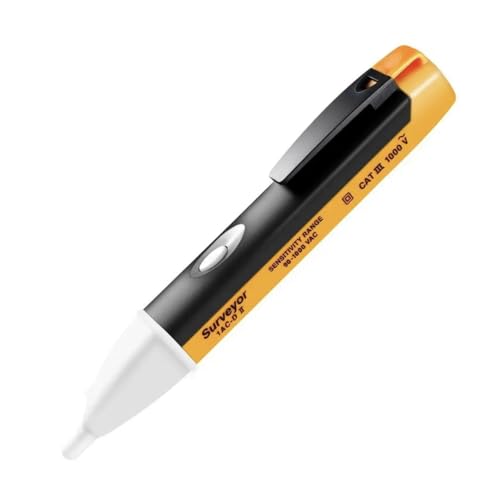barkymalarkey
Junior Member
- Joined
- Sep 7, 2012
- Messages
- 65
- Reaction score
- 1
Partly cos I like to know everything... Partly because I'm a geek... And partly because we're going to have some electrical work done on the house which has made me curious.... I'd like to know more about the feed to my house...
The power lines come to us through the garden and reach a pole with transformer. From there the supply comes to us underground. Because the ground is lower at the back of the house, you can see the main cable going into the wall of the house. I'm guessing it then travels under the house to the meter box which is on the front of the house. The meter box has two fuses. The house has three consumer units. As we're having the consumer units changed and a partial rewire amongst other things, I'm not too worried about comments on the photos of the consumer boxes (but feel free to make them if you wish)...
... What I am more eager to know is anything you can tell me about the pole, transformer, underground line and meter box. Some of the things of particular interest...:
1. Earth/ground. How can I tell what the set up is for that? A sparkly told me there was a supplied earth, but there's only two overhead cables. But there are three cables running down the side of the pole and going into the ground.
2. Earth/ground - is there any way to test it? (I'll be running a music studio in the house which I've been told needs a low impedance path to ground)
3. I'd love to know what's what on the pole and how it works, so any explanations or links would be fantastic.
4. The diagonal "cable" with the yellow cover coming from the pole. Is that purely just a support or does it have something to do with the earth/ground?
5. Why two fuses in the meter box?
6. Can anyone tell me roughly how old those two fuses are?
7. How often are the power companies maps wrong? I was in touch with them today and they sent me a map which shows the cable running underground from the pole to the front of the house. But I can see a power line going into the back of the house (see photos). Odd...
8. Anything what you want to enlighten me with!
I've got no broadband at home and so it takes an age to upload anything. I'll therefore link to a folder on Google drive that has all the photos. Let me know if that's a problem and I'll upload the photos to the site when next at the library.
Sorry for such a long thread. Any thoughts most welcome. Cheers
https://drive.google.com/folderview?id=1-5SRqpupjqCplW9hDkE06pA9UjCL1hU9
The power lines come to us through the garden and reach a pole with transformer. From there the supply comes to us underground. Because the ground is lower at the back of the house, you can see the main cable going into the wall of the house. I'm guessing it then travels under the house to the meter box which is on the front of the house. The meter box has two fuses. The house has three consumer units. As we're having the consumer units changed and a partial rewire amongst other things, I'm not too worried about comments on the photos of the consumer boxes (but feel free to make them if you wish)...
... What I am more eager to know is anything you can tell me about the pole, transformer, underground line and meter box. Some of the things of particular interest...:
1. Earth/ground. How can I tell what the set up is for that? A sparkly told me there was a supplied earth, but there's only two overhead cables. But there are three cables running down the side of the pole and going into the ground.
2. Earth/ground - is there any way to test it? (I'll be running a music studio in the house which I've been told needs a low impedance path to ground)
3. I'd love to know what's what on the pole and how it works, so any explanations or links would be fantastic.
4. The diagonal "cable" with the yellow cover coming from the pole. Is that purely just a support or does it have something to do with the earth/ground?
5. Why two fuses in the meter box?
6. Can anyone tell me roughly how old those two fuses are?
7. How often are the power companies maps wrong? I was in touch with them today and they sent me a map which shows the cable running underground from the pole to the front of the house. But I can see a power line going into the back of the house (see photos). Odd...
8. Anything what you want to enlighten me with!
I've got no broadband at home and so it takes an age to upload anything. I'll therefore link to a folder on Google drive that has all the photos. Let me know if that's a problem and I'll upload the photos to the site when next at the library.
Sorry for such a long thread. Any thoughts most welcome. Cheers
https://drive.google.com/folderview?id=1-5SRqpupjqCplW9hDkE06pA9UjCL1hU9
































































